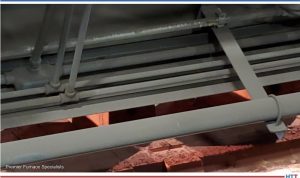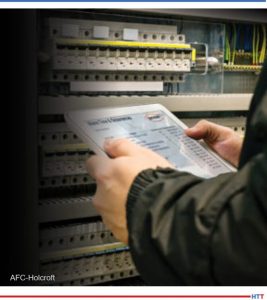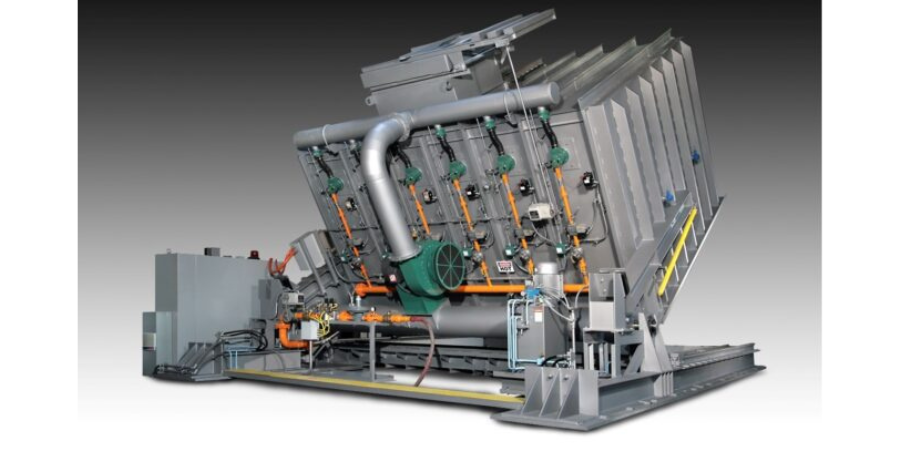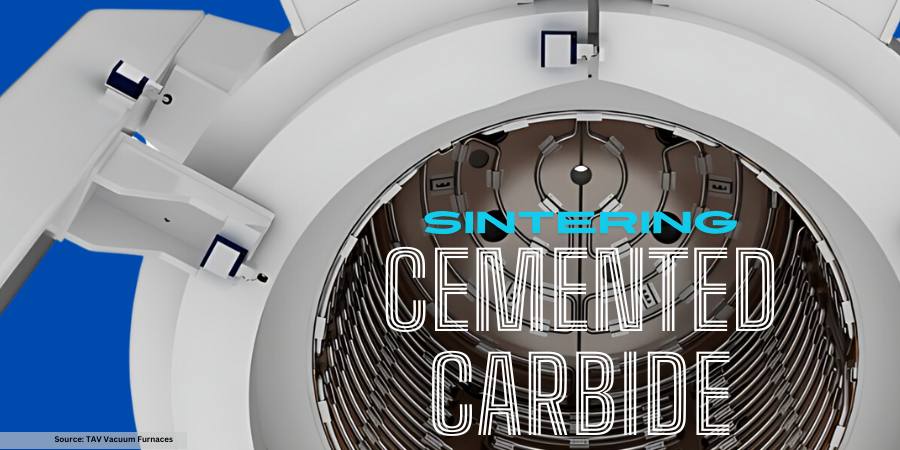![]()
Let’s discover new tricks and old tips on how to best serve air and atmosphere furnace systems. In this series, Heat Treat Today compiles top tips from experts around the industry for optimal furnace maintenance, inspection, combustion, data recording, testing, and more. Part 1, today's tips, examines seals and leak points.
This Technical Tuesday article is compiled from tips in Heat Treat Today's February Air & Atmosphere Furnace Systems print edition. If you have any tips of your own about air and atmosphere furnaces, our editors would be interested in sharing them online at www.heattreattoday.com. Email Bethany Leone at bethany@heattreattoday.com with your own ideas!
1. Tip-Up Furnace Perimeter Insulation Maintenance Is Key to Efficiency & Quality

Due to their construction, the insulation at the perimeter of a tip-up furnace is subject to more abuse than typical furnace insulation. Whether from the repeated stress of cycling the case open and closed — or from high temperature operation — fiber modules will eventually begin to shrink/compact. Be watchful for high case temperatures (or worse: case discoloration and paint damage) as a signal that insulation issues are present in that area.

Source: Premier Furnace Specialists
An air/atmosphere tight seal is critical for maintaining heating efficiency and process quality. Inspect the seal material around the furnace perimeter often and replace sections that are worn. Common perimeter seals are sand seals, fiberglass tadpole tapes, and insulating fiber blankets. These sealing materials are easy to keep on hand to ensure a quality seal is never delayed by lengthy lead times or supply chain issues.
Source: Premier Furnace Specialists
#tip-up #maintenance #insulation #heatingefficiency
2. Mind Your Seals
Seals are everywhere on any furnace. Do you know where all the seals and leak points are? Rope gaskets is an obvious example; high temperature gaskets need to be flat, smooth, and unbroken. Another clear example is in the world of vacuum furnaces: O-rings need to be clean and protected from abrasion. Almost every item of your furnace is sealed in some manner. It is best to replace seals as part of a preventative maintenance program. While your nose can detect ammonia, vacuum leaks require special helium leak detectors and a lot of training. Your furnace manufacturer’s service technician can assist in identifying problem areas and developing a maintenance routine to keep your furnace running. And a simple electronic manometer is great to have handy for running leak-down tests using positive pressures. Auto supply stores sell inexpensive halogen detectors, and some people use smoke bombs to detect leaks.
Source: Nitrex
#leaks #tests #preventativemaintenance
3. Out of Control Carburizing? Try This 11-Step Test

When your carburizing atmosphere cannot be controlled, perform this test:
- Empty the furnace of all work.
- Heat to 1700°F (926°C).
- Allow endo gas to continue.
- Disable the CP setpoint control loop.
- Set generator DP to +35°F (1.7°C).
- Run a shim test.
- The CP should settle out near 0.4% CP.
- If CP settles out substantially lower and the CO2 and DP higher, there’s an oxidation leak — either air, water, or CO2 from a leaking radiant tube.
- If the leak is small, the CP loop will compensate, resulting in more enriching gas usage than normal.
- Sometimes, but not always, a leaking radiant tube can be found by isolating each tube.
- To find a leaking radiant tube, not only the gas must be shut off but combustion air as well.
Source: AFC-Holcroft
#carburizingheattreat #radianttubes #checklists #endogas #carburizingatmosphere
 Find heat treating products and services when you search on Heat Treat Buyers Guide.com
Find heat treating products and services when you search on Heat Treat Buyers Guide.com




